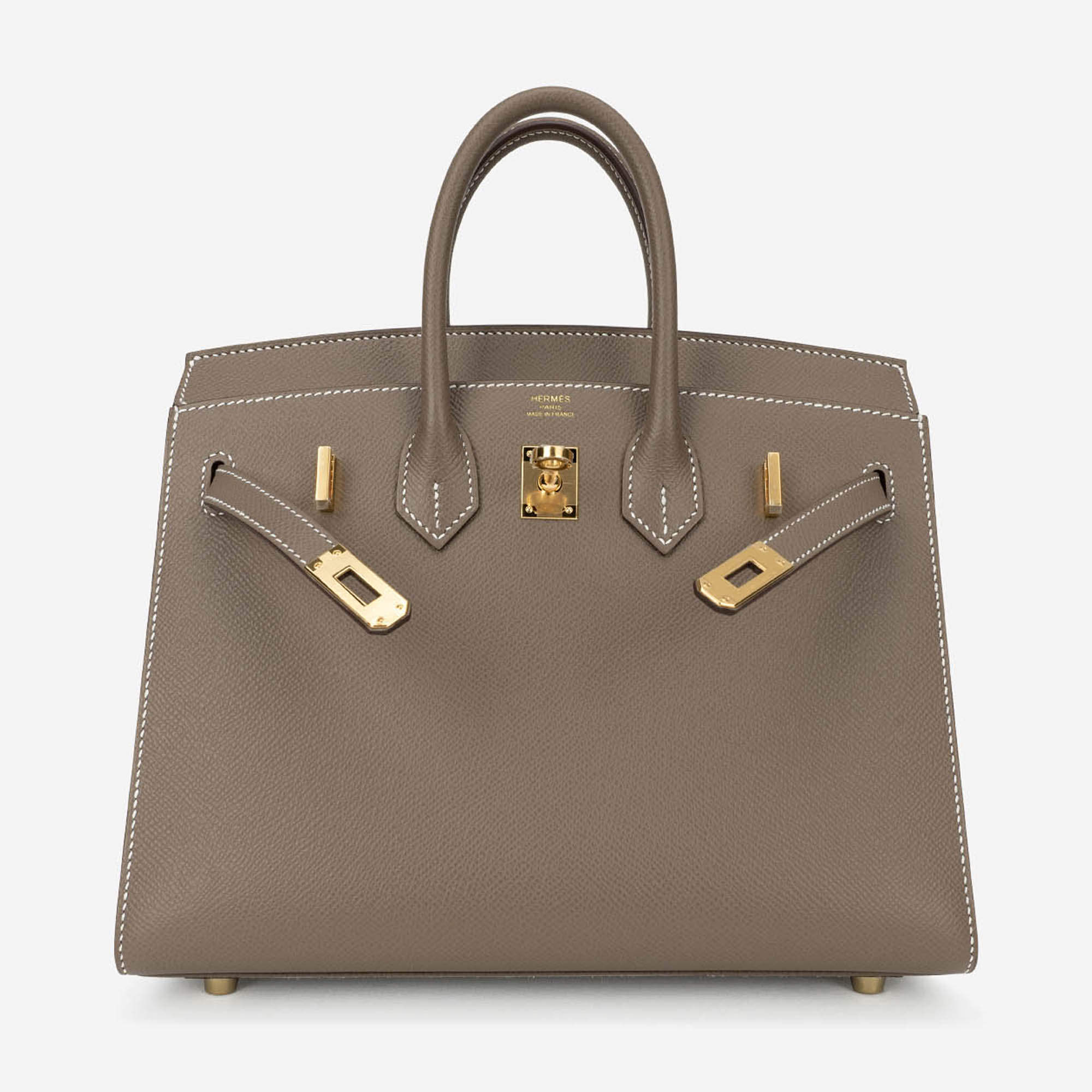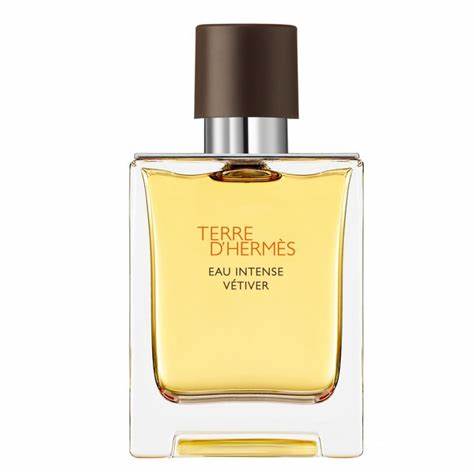Hermès, a beacon of luxury and craftsmanship, has stood the test of time, evolving from a humble harness workshop in Paris to a global icon of elegance and high fashion. Founded in 1837 by Thierry Hermès, the brand has become synonymous with quality, durability, and a timeless aesthetic that transcends fleeting trends. This essay explores the rich history of Hermès, its commitment to craftsmanship, iconic contributions to the fashion industry, and its adaptation to contemporary challenges while maintaining its heritage.

The Foundations of Hermès
The story of Hermès began in the 19th century, focusing on high-quality wrought harnesses and bridles for the carriage trade. Thierry Hermès’ dedication to excellence laid the groundwork for a brand ethos that would prioritize quality above all. The transition from equestrian beginnings to luxury fashion symbolized a brand that could adapt and innovate while staying true to its roots.

Iconic Contributions to Fashion
Hermès is responsible for some of the most iconic products in the luxury market, including the Birkin bag, the Kelly bag, and the Hermès silk scarf. Each product embodies the brand’s meticulous attention to detail and its commitment to unparalleled craftsmanship.
- The Birkin Bag: Conceived from a conversation between Jane Birkin and Jean-Louis Dumas, the then Hermès CEO, on an airplane, the Birkin bag has become a symbol of ultimate luxury and exclusivity.
- The Kelly Bag: Named after Princess Grace Kelly of Monaco, the Kelly bag has a history and elegance that epitomizes the timeless grace of Hermès.
- The Silk Scarf: Introduced in 1937, the Hermès silk scarf, or “Carré Hermès,” has become renowned for its intricate designs and exceptional quality silk, each taking as long as six months to create.
Craftsmanship and Innovation
At the heart of Hermès is its dedication to craftsmanship. Despite its expansion, Hermès has maintained a commitment to traditional methods, with many items still handcrafted by skilled artisans. This dedication extends to innovation, with the brand continuously exploring new materials, designs, and sustainable practices to enhance its products while respecting its heritage.
Hermès in Contemporary Culture
Hermès has adeptly navigated the balance between tradition and contemporary relevance. Through collaborations with modern artists and designers, Hermès has remained at the forefront of fashion, all while maintaining its classic appeal. The brand’s ability to adapt to the digital age, with a carefully curated online presence, showcases its willingness to evolve with its clientele.
Sustainability and the Future
In recent years, Hermès has increasingly focused on sustainability, recognizing the importance of environmental responsibility in luxury fashion. From initiatives to ensure the ethical sourcing of materials to efforts to reduce its carbon footprint, Hermès is looking towards a future where luxury and sustainability coexist.
Conclusion
Hermès represents more than just a luxury brand; it is a testament to the enduring power of quality craftsmanship and timeless design. From its equestrian roots to its iconic status in the world of high fashion, Hermès has navigated its journey with a steadfast commitment to its core values. As it moves forward, Hermès continues to embody the essence of elegance, proving that true luxury is timeless.